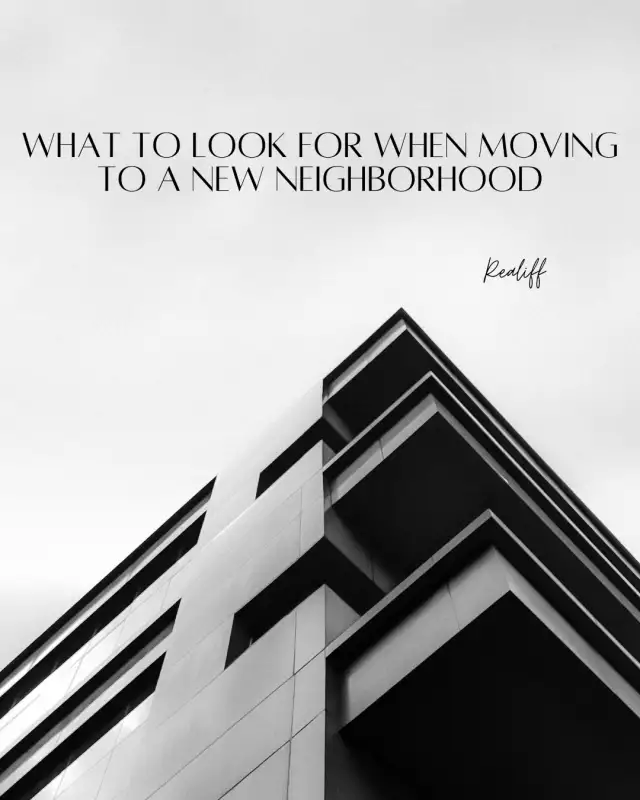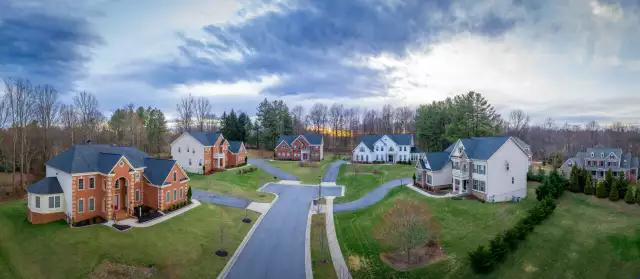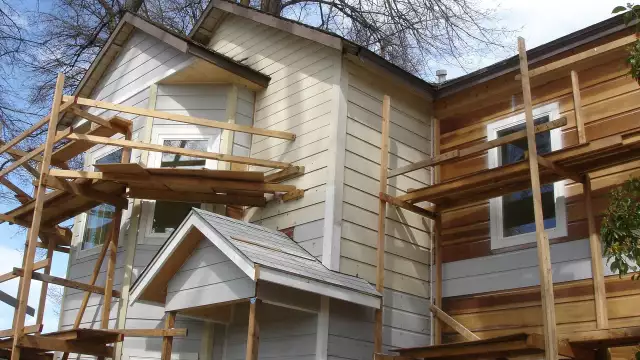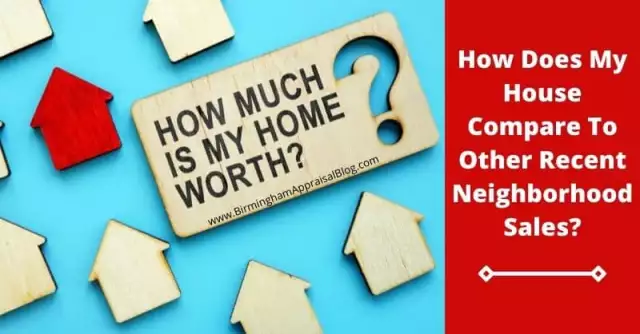What to Look for When Moving to a New Neighborhood
Moving may be a thrilling experience. Every neighborhood has advantages and disadvantages. It is your responsibility to prioritize and make the greatest option for yourself and your family. Here are 12 things to look for in a new area if you're thinking about moving.
Demographics of the Neighborhood
It's vital to examine the demographics of the region you're contemplating before you buy. The term "electronic commerce" refers to the sale of electronic goods.
Or maybe you're a retiree or empty-nester looking for a quiet neighborhood. If so, the noisy neighbor across the alley may not be going anywhere anytime soon.
If you're single and seeking more excitement, a peaceful area full of retirees and families might not be a suitable fit.
School Districts
Another significant factor to consider for families with school-aged children is the availability of convenient and high-quality schools. If you are devoted to public education, make certain that the region you are considering has schools that will promote learning now and in the future. If you go private, make sure your morning journey isn't too long because most private schools don't offer the bus.
The Layout of the Neighborhood
How is the neighborhood set up? Consider the features that allow you to move about. The "walkability" score is critical for persons who do not own a car or prefer to do most of their errands on foot. Consider the following:
- Sidewalks: Are they present, level, and in good condition?
- Parks: Are there any playgrounds, dog parks, or green spaces?
- Paths: Can you get from one end of the community to the other on a walking route or other shaded areas?
These factors are significant in urban and suburban areas, while rural property purchasers may be more concerned with the ease of access to their future homes. Consider the following:
- How are roads maintained?
- Whether or whether the snow is removed
- Agriculture or livestock privacy and zoning
Services That are Available
In the city or the country, everyone needs access to grocery stores and health care. A drive around the community you're interested in can be beneficial. You can find this information on a variety of home-buying websites, or you can ask your friends for recommendations. Don't forget to seek other amenities like gyms, movie theaters, and retail establishments.
Statistics on Crime and Safety
Considering crime data is a difficult task. It's crucial to assess the frequency of crime in an area, yet historical biases and unethical practices have led to overreported and underreported crime in specific locations. Your real estate agent is also prohibited from discussing ethnic demographics or financial patterns in a certain community.
Home buyers of all races and socioeconomic backgrounds want their families to live in safe communities. So, how do you know if an area is secure?
- Examine local law enforcement agencies' crime data.
- Examine school ratings.
- Inquire about community involvement in neighborhood watch or other activities.
You might also talk to your neighbors to obtain a sense of the neighborhood. Legacy locals can tell you about the community's history and help you decide if it's a suitable fit for you and your family.
More people in a region usually means more crime, although this does not always imply that the place is hazardous.
The Age of The Neighborhood
Older communities may have big houses with exquisite architecture and design from another age. Trees and landscaping are often well-established.
Many long-term inhabitants of certain communities will have a vested interest in seeing the community prosper.
The same old houses, on the other hand, may necessitate major and costly repairs or modifications. Because of age or pests, older trees may also need to be removed, and those legacy residents may not welcome newcomers or young families.
Maintenance of the Community
Age, like humans, is simply a number. What actually matters is the upkeep of a community. Are those stately older homes well cared for, or can you see daylight coming through the roofs that border the block?
Aside from the houses:
- Are garbage cans available for use, and are they emptied on a regular basis?
- Are common areas mowed and groomed on a regular basis?
- Is street signage visible and clear?
- Is the lighting on the sidewalks and paths adequate?
Some of the older communities are hidden treasures, while others have fallen into decay.
Turnover in the Neighborhood
It is simple to determine how frequently people migrate in and out of a certain area. Your Realtor may get local sales history for any street or community you're investigating. Although frequent moves may not always signal a problem, they might be revealed when paired with additional data.
Taxation Rates
Tax rates might vary dramatically. For example, the tax rate in Baltimore City – a separate tax district within Baltimore County, Maryland — is three or four times that of the rest of the county. A household on one side of the street may pay $1,000 in property taxes, whereas a similar household on the other side of the street may pay $4,000 in property taxes.
When you close on your property, you'll see your tax rate on the settlement statement, but spare yourself the hassle and check tax records first.
Time Spent Commuting
If you've moved to save money on your home, don't turn around and spend your savings on gas or auto maintenance. Before you sign on the dotted line if you'll be working from an office, evaluate how long your commute will be.
Levels of Noise
Noise isn't only about the drummer who lives across the street or the crowded park down the block. It also includes closeness to highways, train tracks, and airports. Some people purchase a home without thinking that commuter trains and planes will begin rumbling past in the early morning hours.
Property Values
Are property values in your ideal neighborhood rising at the same rate as other places, are they flat, or are they dropping? This is a composite of many of the factors mentioned above. Property values can also indicate if a community is undergoing renovation or declining in popularity.






